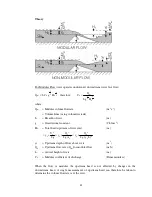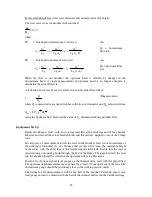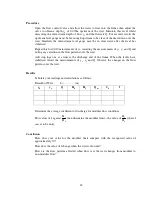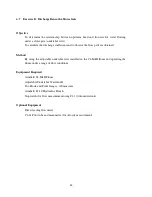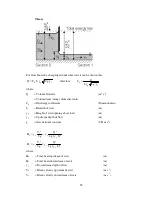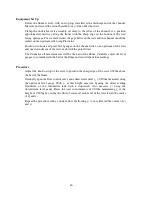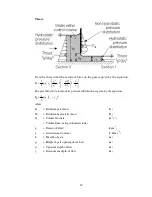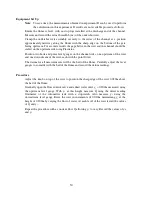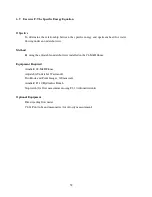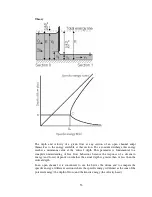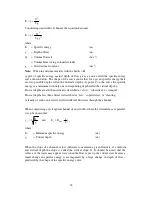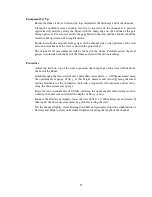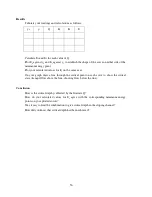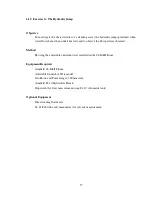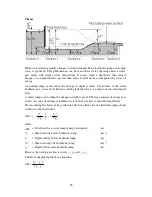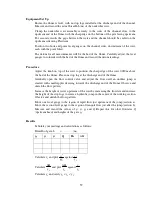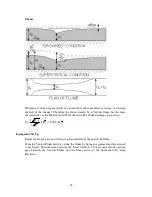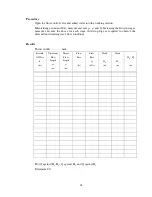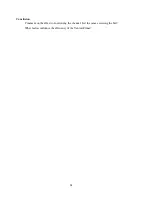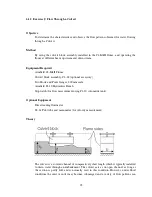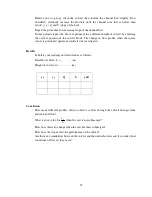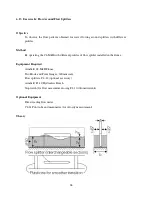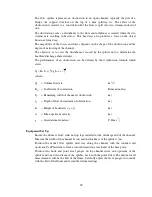
55
Equipment Set Up
Ensure the flume is level, with no stop logs installed at the discharge end of the channel.
Clamp the undershot weir assembly securely to the sides of the channel at a position
approximately mid way along the flume with the sharp edge on the bottom of the gate
facing upstream. For accurate results the gaps between the weir and the channel should be
sealed on the upstream side using Plasticine.
Position two hook and point level gauges on the channel sides, one upstream of the weir
and one downstream of the weir, each with the point fitted.
The datum for all measurements will be the bed of the flume. Carefully adjust the level
gauges to coincide with the bed of the flume and record the datum readings.
Procedure
Adjust the knob on top of the weir to position the sharp edge of the weir 0.010m above
the bed of the flume.
Gradually open the flow control valve and admit water until y
o
= 0.200m measured using
the upstream level gauge. With y
o
at this height, measure and record Q using the direct
reading flowmeter or the volumetric tank with a stopwatch. Also measure and record y
1
using the downstream level gauge.
Raise the weir in increments of 0.010m, allowing the upstream and downstream levels to
stabilise, then measure and record the depths of flow y
0
and y
1
.
Increase the flowrate Q slightly, lower the weir until y
0
= 0.200m. Measure and record Q
then repeat the above measurements by gradually raising the weir.
Tilt the channel slightly, water flowing downhill, and gradually adjust the combination of
flowrate and height of weir until critical depth exists along the length of the channel.

